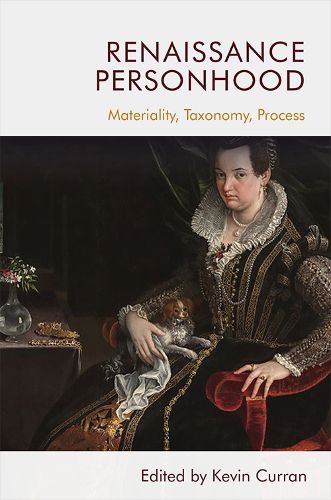Readings Newsletter
Become a Readings Member to make your shopping experience even easier.
Sign in or sign up for free!
You’re not far away from qualifying for FREE standard shipping within Australia
You’ve qualified for FREE standard shipping within Australia
The cart is loading…






Explores the history and theory of personhood in the Renaissance period
Offers the first sustained study of the history and theory of personhood in the Renaissance period Provides a study of personhood from a materialist perspective Models new way of entering posthumanist critique - animal studies, ecocriticism, and food studies - into conversation with legal theory, cultural history, and literary studies
Unfolding as a series of materially oriented studies ranging from chairs, machines and doors to trees, animals and food, this book retells the story of Renaissance personhood as one of material relations and embodied experience, rather than of emergent notions of individuality and freedom. The book assembles an international team of leading scholars to formulate a new account of personhood in the sixteenth and seventeenth centuries, one that starts with the objects, environments and physical processes that made personhood legible.
$9.00 standard shipping within Australia
FREE standard shipping within Australia for orders over $100.00
Express & International shipping calculated at checkout
Explores the history and theory of personhood in the Renaissance period
Offers the first sustained study of the history and theory of personhood in the Renaissance period Provides a study of personhood from a materialist perspective Models new way of entering posthumanist critique - animal studies, ecocriticism, and food studies - into conversation with legal theory, cultural history, and literary studies
Unfolding as a series of materially oriented studies ranging from chairs, machines and doors to trees, animals and food, this book retells the story of Renaissance personhood as one of material relations and embodied experience, rather than of emergent notions of individuality and freedom. The book assembles an international team of leading scholars to formulate a new account of personhood in the sixteenth and seventeenth centuries, one that starts with the objects, environments and physical processes that made personhood legible.